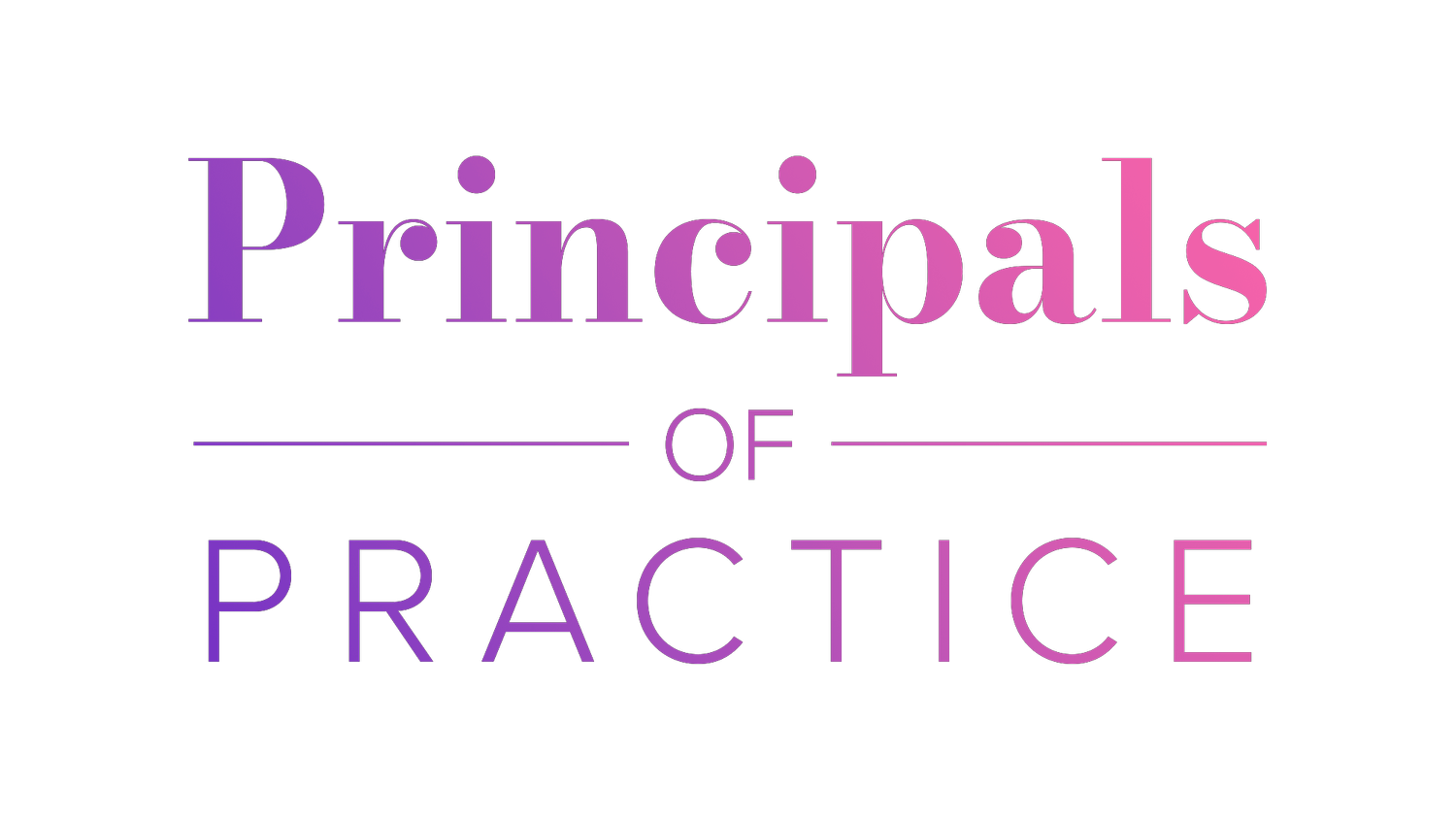Drive the mood to drive your team
I recently visited a workplace where what struck me most was the mood. The office was tense. It was an open plan setting and I bet, had it happened, you would have heard a pin drop. There was no chit chat, no dialogue between colleagues and a strong sense of hierarchy and restraint.
Although I was just visiting, the mood impacted me. I felt instantly exposed and acutely aware that I’d come into the room from a vastly different emotional state. I was excited to be having the meeting but that optimism vanished when I noticed the way I was feeling was deeply out of step with the vibe of the office.
In this environment, I struggled to show my personality and it was certainly difficult for me to express my excitement, curiosity and creativity. I felt reluctant to be open and hesitant to ask for what I wanted, even though I was the client in this setting.
The mood reminded me of a hair salon I visited (only twice) during the 9 years I lived in Singapore. The colourist did an amazing job but the salon owners were so rude to their staff, I couldn’t bear to sit through it for the three or so hours it took to restore my hair to its ‘natural’ colour.
These experiences made me wonder how conscious we are of the atmospheres that surround us and the moods we create that make an impression on others.
What are moods and how are they created?
A mood can be described as the atmosphere or pervading tone of a place or situation. I like the concept I learned through Newfield that an emotion arises as a consequence of an action, occurrence or stimuli and when that emotion is sustained, a mood is created. The mood tends to be a less intense but more prolonged experience of the initial emotion.
As you may have observed, certain moods are more conducive to particular outcomes. For example, sadness can trigger artistic creativity and anxiety or fear can drive us towards completing tasks or being vigilant. A solemn and thoughtful mood might help us assess risks, while a more light hearted mood might help us overlook hazards and be more innovative.
If moods can affect outcomes, how might you be able to tune into and use moods to your advantage? Here are some things I’ve learned about the power of moods and how we can get the most from them:
1. Awareness: Once you start to notice the moods around you, you will become better at identifying and making use of them. You might want to start by reflecting on environments that have a distinctive atmosphere. For example, what is the mood of your favourite coffee shop, boutique or other place of interest? What impact does that have on you? What seems possible when you are surrounded by that mood, and what appears difficult?
2. Linking awareness to results: Consider whether the mood of your workplace (or even your home) is conducive to achieving the outcomes you want. If you need your team to be more creative, are you creating the right environment for innovation to flourish?
3. Examining your role in the equation: Many of us who hold or aspire to hold leadership roles will attempt to practice emotional restraint so that we don’t adversely impact those around us. For example, when under pressure we might conceal our irritation or impatience so as not to rattle our team members. But rather than putting all your focus on the moods and emotions you don’t want to reveal, consider the emotions you would like to cultivate that will be helpful to move the team towards your desired outcome.
4. Start with the mood: When you are struggling to come up with messaging for an important conversation, first consider the mood from which you want to approach that conversation. Once you are clear on this, you might find that the content, detail and messaging start to flow.
Moods are powerful and contagious and certainly not to be underestimated when assessing or devising the impression you want to make on others and ultimately, whether you are successful in achieving your objectives.

